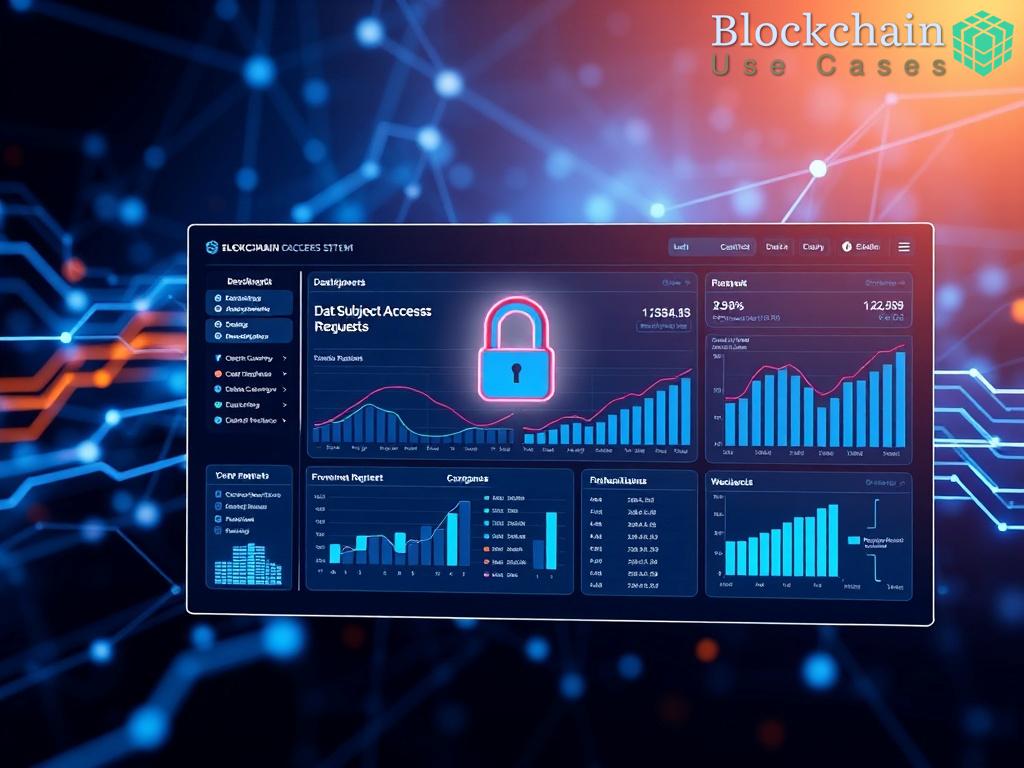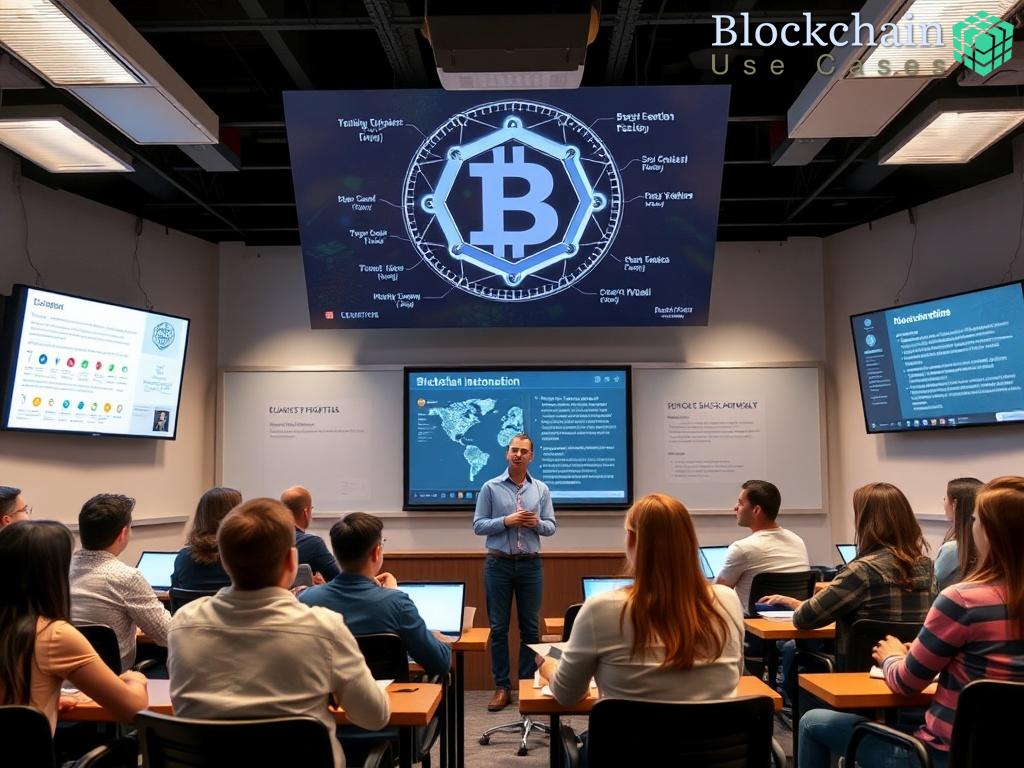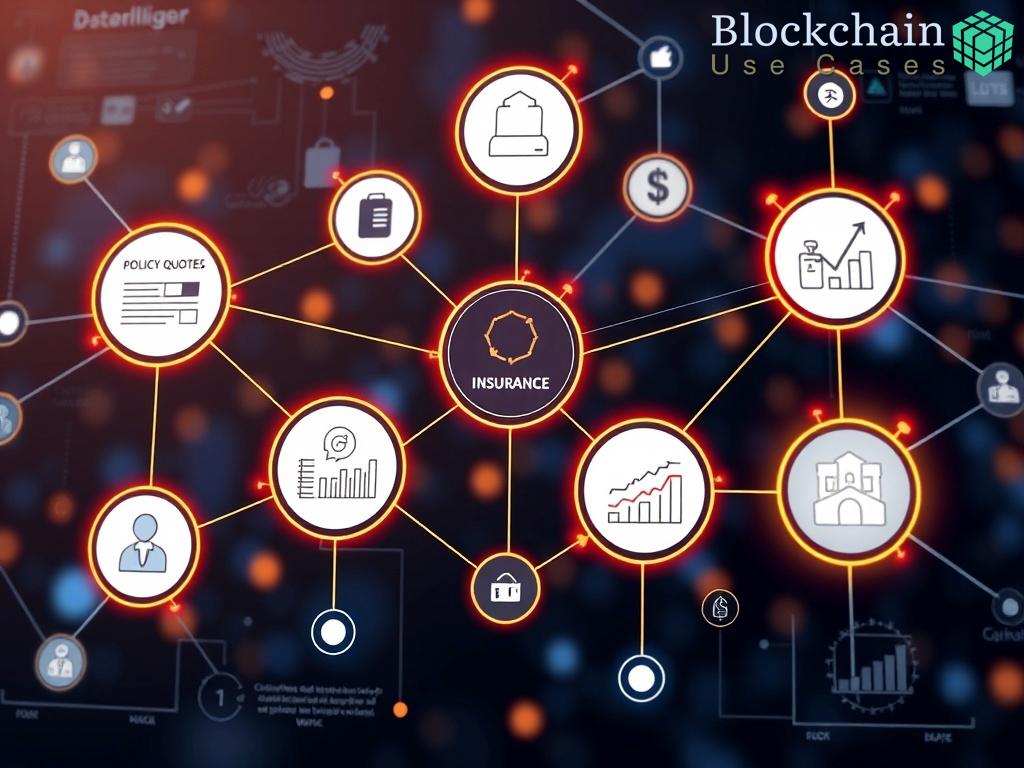Understanding Decentralized Finance (DeFi) in Asset Management
Revolutionizing Traditional Investment Models
Decentralized Finance (DeFi) is reshaping the landscape of asset management by offering a transparent, secure, and efficient alternative to traditional financial systems. With the advent of blockchain technology, DeFi enables investors to engage in financial services without the need for intermediaries, thus reducing costs and increasing accessibility. This innovation not only democratizes investment opportunities but also enhances liquidity and flexibility, allowing for a more dynamic approach to asset management.
Key Components of DeFi in Asset Management
The architecture of DeFi consists of various building blocks that collectively empower investors. These components include smart contracts, decentralized exchanges (DEXs), and liquidity pools. Each plays a crucial role in facilitating asset management activities while ensuring security and transparency.
- Smart Contracts: Automated protocols that execute transactions when certain conditions are met, minimizing the need for intermediaries.
- Decentralized Exchanges (DEXs): Platforms that allow users to trade cryptocurrencies directly with one another, ensuring privacy and control over assets.
- Liquidity Pools: Reserves of tokens that provide liquidity for trading, enabling users to earn passive income through yield farming.
The Future of Asset Management in a DeFi World
The integration of DeFi into asset management strategies presents both opportunities and challenges. As traditional financial institutions begin to adopt blockchain technology, the line between conventional finance and decentralized systems blurs. This evolution prompts asset managers to rethink their strategies, focusing on how to leverage DeFi tools to enhance portfolio performance.
In conclusion, the future of asset management is poised for transformation. As DeFi continues to gain traction, investors will need to embrace its principles to remain competitive in the rapidly changing financial landscape. By harnessing the power of blockchain, asset managers can unlock new avenues for growth and innovation.
The Role of Smart Contracts in Investment Automation
The rise of decentralized finance (DeFi) has ushered in a new era of investment automation, with smart contracts at the forefront of this revolution. These digital agreements, embedded within the blockchain, are transforming how transactions are executed, ensuring that operations occur seamlessly without the need for human intervention. By leveraging smart contracts, investors can automate complex processes, improving efficiency and reducing the potential for errors.
Unleashing the Power of Automation
Smart contracts are designed to execute specific actions when defined conditions are met. This capability allows for the automation of various investment processes, from trade execution to portfolio rebalancing. As a result, investors can set predetermined parameters related to their investment strategies. For example, an investor might establish a smart contract that automatically sells an asset when its price reaches a specified threshold. This kind of automation not only saves time but also ensures that decisions are made based on objective criteria rather than emotional impulses.
Enhancing Transparency and Security
One of the most significant advantages of smart contracts is their transparency and security. Each contract is recorded on the blockchain, providing an immutable and publicly accessible ledger of all transactions. This transparency fosters trust among participants, as they can independently verify the terms and execution of each contract. Furthermore, the decentralized nature of blockchain technology minimizes the risk of fraud and manipulation, ensuring that all parties adhere strictly to the agreed-upon conditions.
| Feature | Smart Contracts | Traditional Agreements |
|---|---|---|
| Execution | Automated, based on predefined conditions | Manual, requires human intervention |
| Transparency | Publicly verifiable on the blockchain | Often opaque, with limited access |
| Security | Immutable and tamper-proof | Subject to human error and fraud |
Streamlining Compliance and Regulatory Frameworks
In addition to enhancing transparency and security, smart contracts play a pivotal role in streamlining compliance with regulatory frameworks. By embedding compliance checks into the contract itself, organizations can automate adherence to regulations, reducing the burden of manual reporting. This automation not only mitigates the risk of compliance violations but also allows asset managers to focus on strategic decision-making rather than administrative tasks. As the regulatory landscape continues to evolve, smart contracts can adapt to incorporate new requirements, ensuring that investment strategies remain compliant.
Tokenization of Assets: Expanding Investment Opportunities

The advent of blockchain technology has introduced a groundbreaking approach to asset management through the tokenization of assets. This innovative concept not only democratizes access to investment opportunities but also enhances liquidity and diversification in portfolios. By transforming physical and traditional assets into digital tokens, blockchain enables a more fluid market where investors can buy, sell, and trade fractions of assets seamlessly.
Tokenization represents a paradigm shift in how investments are perceived and executed. It breaks down the barriers of traditional finance, allowing a broader spectrum of assets—from real estate to fine art—to be represented on the blockchain. This shift facilitates fractional ownership, where investors can purchase a portion of high-value assets, thus lowering the entry costs associated with investing in such markets. For instance, an investor can acquire a fraction of a luxury property or a rare collectible, which was previously unattainable for many.
Unlocking New Markets and Liquidity
The ability to tokenize various asset classes opens doors to new markets. Investors are no longer confined to traditional securities like stocks and bonds; instead, they can explore a diverse array of asset types. This expansion not only enhances investment strategies but also significantly increases liquidity. Tokenized assets can be traded around the clock on decentralized platforms, enabling investors to capitalize on market movements without the constraints of conventional trading hours.
Moreover, the liquidity provided by tokenization allows for quicker transactions and reduces the time it takes to convert assets into cash. This is particularly advantageous in volatile markets, where speed can determine profitability. By utilizing decentralized exchanges (DEXs), token holders can engage in peer-to-peer trading, eliminating the need for intermediaries and their associated fees.
Risk Mitigation and Enhanced Transparency
Alongside expanding investment opportunities, tokenization also introduces mechanisms for risk mitigation. The use of smart contracts in tokenized asset management ensures that transactions are executed automatically based on predetermined conditions, reducing the likelihood of human error or fraud. Each token transaction is recorded on the blockchain, creating an immutable audit trail that enhances transparency and trust among participants.
This transparency is crucial for regulatory compliance, as it allows for real-time tracking and reporting of asset ownership and transaction history. As regulatory bodies increasingly focus on digital assets, tokenization positions investors and asset managers to comply with evolving regulations more effectively. This proactive approach not only safeguards investments but also fosters a sense of legitimacy in the burgeoning world of decentralized finance.
| Aspect | Traditional Assets | Tokenized Assets |
|---|---|---|
| Ownership | Full ownership only | Fractional ownership available |
| Liquidity | Limited trading hours | 24/7 trading on DEXs |
| Transaction Time | Varies, often lengthy | Instantaneous execution |
| Transparency | Opaque, often hard to track | Immutable ledger on blockchain |
Risk Management Strategies in Decentralized Investment Platforms
In the evolving landscape of decentralized finance (DeFi), risk management has taken on a new dimension. As traditional investment strategies increasingly give way to blockchain-based alternatives, the importance of effective risk management cannot be overstated. Investors must navigate a myriad of uncertainties, including market volatility, smart contract vulnerabilities, and regulatory changes. To thrive in this environment, a robust risk management framework is essential, leveraging the unique benefits of decentralized platforms.
Adaptive Risk Assessment Models
Decentralized investment platforms utilize adaptive risk assessment models that respond dynamically to market fluctuations. Unlike conventional methods, which often rely on historical data and static parameters, these models take into account real-time data feeds, enabling investors to make informed decisions swiftly.
By integrating machine learning algorithms with blockchain analytics, platforms can automatically adjust risk profiles based on ongoing market conditions and investor behavior. This innovation allows for tailored strategies that align with individual risk appetites, ultimately enhancing portfolio resilience.
Incorporating Diversification and Hedging Techniques
Diversification remains a cornerstone of risk management, and in decentralized asset management, it becomes even more crucial. By leveraging tokenization, investors can access a broader spectrum of asset classes, ranging from cryptocurrencies to tokenized real estate and art. This diversification helps mitigate the risks associated with any single asset, spreading exposure across various sectors.
Additionally, decentralized platforms offer unique hedging opportunities through the use of synthetic assets and derivatives. These instruments allow investors to create positions that can offset potential losses in their portfolios. For example, an investor could utilize decentralized options to hedge against a downturn in Bitcoin while maintaining exposure to other assets.
Transparent and Secure Protocols for Risk Mitigation
The transparency and security inherent in blockchain technology play a pivotal role in effective risk management. Smart contracts not only automate transactions but also incorporate compliance checks and risk mitigation protocols directly into the investment process. This automation reduces human error and enhances trust among participants.
Furthermore, the immutable nature of blockchain ensures that all transactions are traceable, providing a clear audit trail. This level of transparency is invaluable for identifying potential risks and addressing them promptly, fostering a safer investment environment.
To illustrate the variety of risk management strategies available in decentralized platforms, the following table summarizes key techniques:
| Strategy | Description | Benefits |
|---|---|---|
| Adaptive Risk Assessment | Real-time adjustments to risk profiles based on market conditions. | Informed decision-making and increased portfolio resilience. |
| Diversification | Spreading investments across various asset classes. | Mitigates risks associated with any single asset. |
| Hedging Techniques | Utilizing synthetic assets and derivatives to offset potential losses. | Protection against market downturns while maintaining exposure. |
| Transparent Protocols | Smart contracts that incorporate risk mitigation and compliance checks. | Reduced human error and enhanced trust among participants. |
Regulatory Challenges and Compliance in Decentralized Asset Management
As decentralized finance (DeFi) continues to evolve, it brings forth a myriad of opportunities, but also challenges, particularly in the realm of regulation and compliance. The unique nature of blockchain technology complicates traditional regulatory frameworks, making it imperative for investors and asset managers to stay informed and adaptable. The intersection of innovation and compliance creates a complex landscape that requires a thorough understanding of existing regulations as well as proactive measures to mitigate potential risks.
Understanding Regulatory Frameworks and Their Impact
The regulatory environment surrounding decentralized asset management is still in its infancy. Many jurisdictions struggle to classify digital assets, leading to ambiguities in how they should be treated under existing laws. This uncertainty can result in uneven enforcement and a patchwork of compliance requirements that vary significantly across borders. For instance, while some countries may embrace DeFi platforms, others may impose stringent restrictions, creating a challenging environment for global investors.
Moreover, regulatory bodies are increasingly focusing on consumer protection, anti-money laundering (AML), and combating the financing of terrorism (CFT). These factors necessitate that decentralized platforms adopt robust compliance measures, which can often be at odds with the core principles of decentralization. As a result, asset managers must find a delicate balance between adhering to regulations and maintaining the ethos of decentralization.
Proactive Strategies for Compliance and Risk Mitigation
To effectively navigate the regulatory challenges, decentralized asset managers must implement proactive compliance strategies. This involves establishing clear protocols that align with regulatory expectations while fostering transparency and trust among users. One effective approach is the integration of compliance automation tools, which can streamline processes such as KYC (Know Your Customer) and transaction monitoring. By embedding these checks within the smart contracts, asset managers can ensure adherence to regulations without compromising the efficiency that DeFi promises.
Furthermore, continuous education and awareness of evolving regulatory landscapes are crucial. Engaging with regulatory bodies and participating in industry forums can provide invaluable insights and foster a collaborative environment. For instance, by contributing to discussions on best practices, asset managers can not only shape future regulations but also position themselves as leaders in compliance.
To illustrate this dynamic, consider the following comparison of traditional asset management and decentralized asset management in terms of regulation:
| Aspect | Traditional Asset Management | Decentralized Asset Management |
|---|---|---|
| Regulatory Framework | Well-defined but complex | Ambiguous and evolving |
| Compliance Costs | High due to extensive reporting | Variable; can be minimized through automation |
| Consumer Protection | Established mechanisms in place | Still developing; relies on community standards |
| Flexibility | Rigid compliance structures | Greater adaptability, but with risks |
In conclusion, while the regulatory landscape presents significant challenges for decentralized asset management, it also offers an opportunity for innovation. By embracing compliance as an integral part of their strategy, asset managers can not only navigate the complexities of regulation but also build a sustainable framework that fosters growth and trust in the decentralized ecosystem.


















